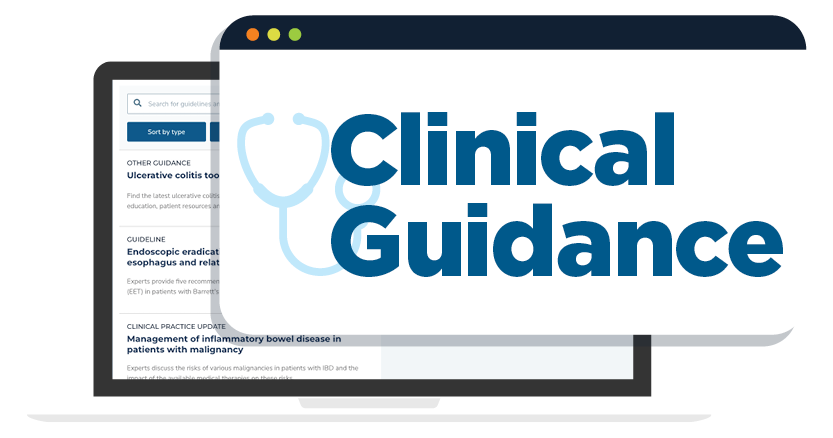G-POEM, also called peroral endoscopic pyloromyotomy, should be considered for patients with medically refractory gastroparesis. G-POEM has been found to be efficacious in treating patients with gastroparesis from diabetes, prior surgery and idiopathic causes. Patients with opioid dependence should be weaned off opioids whenever possible and have their gastric emptying re-evaluated. Most patients with post-infectious gastroparesis should not be offered G-POEM.
We suggest offering G-POEM to adult patients with refractory gastroparesis who (1) have undergone esophagogastroduodenoscopy to confirm no mechanical gastric-outlet obstruction; (2) had a solid-phase gastric emptying scan (GES) confirming delayed gastric emptying, preferably with retention >20% at 4 hours; and (3) have moderate-to-severe symptoms, preferably with nausea and vomiting as the dominant symptoms. Patients who have failed gastric electrical stimulator therapy, pyloric stenting and botulinum toxin injection should also be offered G-POEM. Failure of these therapies is not a prerequisite to G-POEM. Published studies do not inform whether improvement after botulinum toxin injection or transpyloric stenting predicts G-POEM success.
The normal gastric retention at 4 hours is <10% when scintigraphy is performed using a low-fat (2%), chicken-egg-white meal. We suggest offering G-POEM to patients with solid-phase gastric retention of >20% at 4 hours, as data from a large prospective study found baseline gastric retention >20% at 4 hours was an independent predictor of clinical success.
The Gastroparesis Cardinal Symptom Index (GCSI) is used to assess the severity of gastroparesis and uses a scale ranging from 0 (none) to 5 (very severe), with a 2-week recall period to rate the severity of 9 important symptoms and signs. The GCSI is divided into the following 3 subscales: nausea and vomiting (3 items), postprandial fullness and early satiety (4 items), and bloating (2 items). Studies have calculated the GCSI total score (range, 0–5) by averaging the mean scores of the 3 subscales, as opposed to averaging the individual scores from all 9 items. We suggest offering G-POEM to patients with moderate-to-severe symptoms from refractory gastroparesis, which often corresponds to a GCSI total score >2.
The ultimate decision to offer G-POEM to a patient should be based on the full clinical picture and not determined solely by GES results or GCSI score. In our experience, patients with primarily nausea and vomiting are more likely to have a good clinical response to G-POEM, and patients who predominantly have abdominal pain are less likely to respond. Although data remain limited, pyloric cross-sectional area and distensibility index, as measured by impedance planimetry, may have a role in patient selection. Nonselective use of G-POEM should be discouraged.
Although G-POEM has been used to treat congenital pyloric stenosis in pediatric patients, there is insufficient published evidence to comment on the safety and efficacy of performing G-POEM for children with gastroparesis. Emerging evidence suggests that G-POEM is a promising minimally invasive option for severe gastroparesis after lung transplantation.













